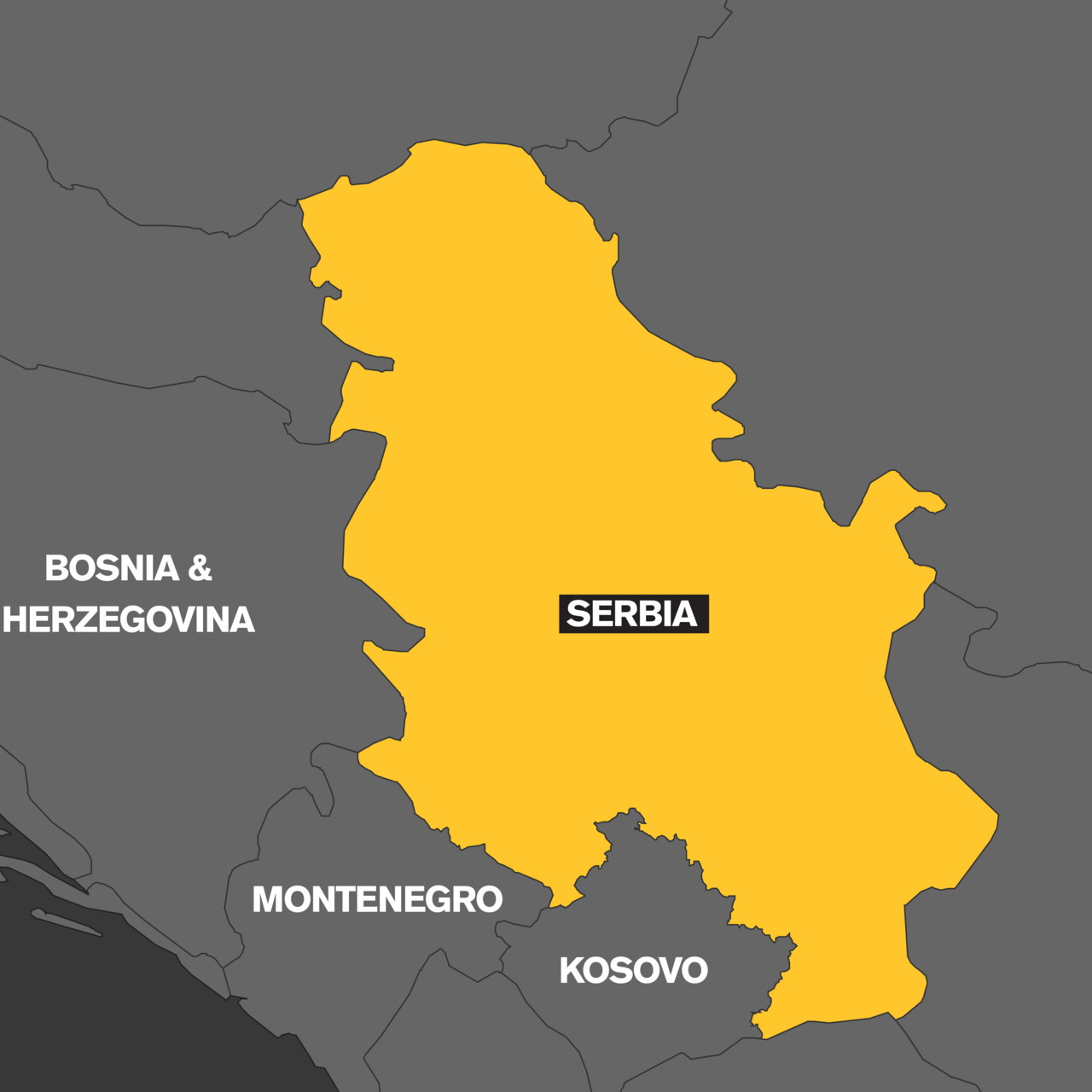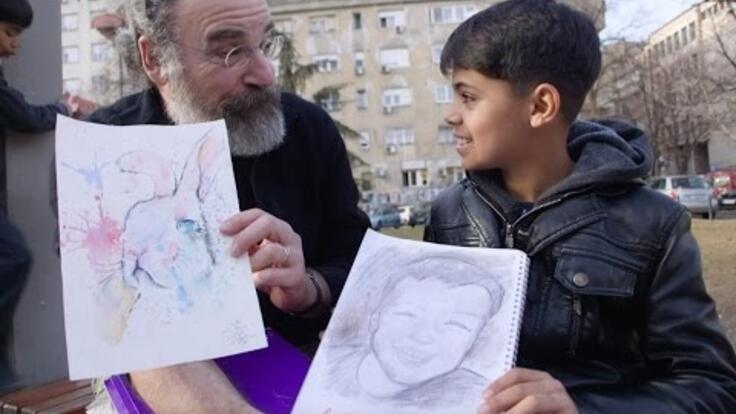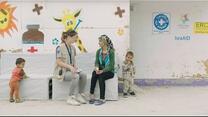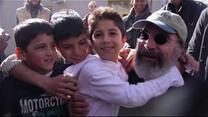Country facts
- Population: 7 million
IRC response
- Started work in Serbia: 1992 during the break-up of Yugoslavia; closed in 2004; relaunched in 2015 during the refugee crisis
Over 1.4 million refugees have sought sanctuary in Europe since 2015. Serbia, located in the Balkans, has been a stopover for hundreds of thousands seeking refuge in western and northern Europe (82 percent of refugees in Serbia have fled Afghanistan, Iraq and Syria). The IRC provides refugees with the information and resources they need for safety and wellbeing. The IRC first began work in Serbia in 1992 during the Yugoslav wars, assisting nearly 1 million refugees over 12 years.
The implementation of the EU-Turkey agreement and the closure of the so-called Balkan route have not stemmed the movement of refugees into Europe. Dozens of refugees continue to arrive in Serbia every day but now, because of strict controls on the country’s northern borders, they remain in the country for longer periods of time. This has led to a 280 percent increase in the number of refugees present in the country between March 2016 and February 2017.
As a result, many of the formal refugee shelters are overcrowded and refugees can't always find the support they need.
Many refugees now in Serbia are trying to reach family members in other European countries. Family reunification processes are slow and information about legal options regarding asylum often unreliable. Most refugee children have no access to formal education. In addition, many refugees suffer from psychological distress and, with borders closed, foresee no improvement in their lives.
Fourteen percent of Serbia’s refugee population lives outside of formal refugee camps. These refugees don't trust the system and have decided that their only way forward is with smugglers. Staying outside official refugee centers exposes them to dangerous health risks and exploitation.
In addition, it is estimated that a significant number of those stranded in Serbia are children traveling alone, often sent by their parents from countries like Afghanistan for their safety.
The IRC provides refugees with humanitarian assistance and protection from violence, and supports Serbian authorities in their efforts to improve accommodation facilities.
The IRC is especially concerned about the well-being of at least 700 unaccompanied and separated children in Serbia, some of whom were sent from their countries at great expense by parents who feared for their safety.
To improve the safety, health and economic well-being of refugees in Serbia, the IRC:
• partners with seven local aid organizations to reach those in need;
• develops capacity of local partners, including government and nonprofit agencies, to strengthen support for unaccompanied and separated children, survivors of violence and other vulnerable refugees;
• provides heaters and winter clothing for refugees, and equipment for five refugee accommodation centers;
• creates spaces for therapeutic arts and crafts workshops for refugees;
• runs two internet cafés that serve as refugee information centers assisting some 150 people daily;
• supports mobile teams of aid workers to identify vulnerable refugees (survivors of violence, unaccompanied children, and people with serious medical needs) and refers them to specialized assistance
• provides one-on-one and group psychological support to children, women and other vulnerable refugees;
• distributes food and emergency items such as clothing, soap and toothbrushes;
• provides information about shelter options, asylum and other services to 20,000 people each month via Refugee.Info, a website designed for refugees to access using mobile phones;
• provides legal information and interpretation services;
• sets up WiFi and mobile-phone charging stations.
The IRC aims to improve the lives of refugees, asylum seekers and other marginalized groups in Serbia by focusing on their safety, health and economic wellbeing. We are committed to working with the Serbian government to improve conditions at the refugee accommodation sites, many of which are new and still lack basic services, and to support vulnerable groups including unaccompanied and separated children. Most of all, we are working to bring government and social-service agencies together and provide training that will help them better respond to refugees’ needs.
Safety
The IRC is dedicated to improving the lives of refugees who have survived violence, are in need of psychological and emotional support, or require legal aid.
We will continue to monitor developments and work to build the capacity of the Serbian government, local civil society organizations and other partners to ensure they have the resources they need to protect women, children and other vulnerable individuals as the crisis evolves.
Through the Refugee.info website we will continue to provide refugees with up-to-date information about available shelter and support services, the prevention and reporting of violence and exploitation, and legal rights.
Health
The IRC focuses on the often overlooked health needs of refugees, including mental health. We will continue to help our partners to provide refugees with psychological support, focusing on survivors of trauma and violence, including women who have survived sexual assault and abuse. We will also help our partners support the physical and reproductive health needs of refugees.
Economic wellbeing
Over the course of the response, the IRC and our partners have provided food, water, clothing, hygiene items and shelter to the most vulnerable refugees. As funding becomes available, we will look to provide refugees with emergency cash relief that will not only enable them to purchase the food, medicines and other items they need most, but will also benefit the local economy.
We will also work with our partners to provide refugees with cash-for-work programs and other opportunities to earn an income.





